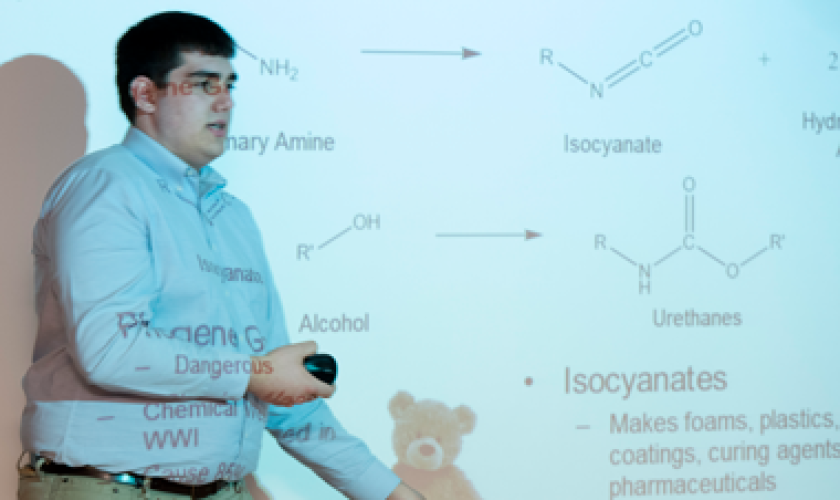After characterisation of the new metal-containing compounds, a number of specific features such as catalytic properties, fluorescence, photochemical or biological activities, might arise. While some copper or nickel complexes might mimic the catalytic properties of natural enzymes, such as proton or CO2 reduction, lanthanide complexes might be made that show intense luminescence so that they can potentially be used in LEDs, and ruthenium complexes may be prepared that have potential as light-activated anti-tumor drugs. A literature survey is part of the project and serves to determine the choice of systems to be studied.
The exact topic of the research depends on the interests and preferences of the student, but is also dependent on the availability of supervision at a given time.
- Number of placements available: 1 per semester. (Expected per Fall 2026)
Prerequisites
- High level undergraduate student.
- Minimum GPA 3.4
- Basic knowledge (sophomore level) in general chemistry, inorganic chemistry, organic chemistry and basic spectroscopy.
Faculty Department
Faculty of Science, Leiden Institute of Chemistry (LIC).
The chemistry and life science research in the Leiden Institute of Chemistry is organized around two major research areas: Chemical Biology Energy & Sustainability. We contribute to the area Chemical Biology with the synthesis of new ruthenium compounds as potential anti-tumor drugs; the activity of these compounds is tested in vitro in various cel lines. Our group contributes in the area Energy & Sustainability with our research to new CO2 or proton reduction catalyst as well as the development of potential phosphors for energy-saving LED lighting. Please check our website for more detailed information on our research activities.

